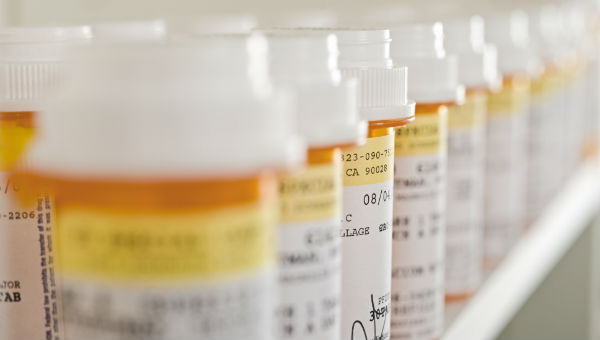Table of contents
When DSCSA lot-level regulations took effect in 2015, there were a lot of questions from the industry about how they impacted 340B products. The 340B Drug Discount Program allows “covered entities” (pharmacies) to purchase “covered outpatient drugs” at a significantly reduced cost and provide them to qualified program enrollees, typically lower-income populations. The conclusion most affected pharmacies drew in 2015 was, that while 340B products are not mentioned explicitly in the law, all the DSCSA packaging and documentation guidelines and deadlines still applied to them.
As DSCSA serialization deadlines start to phase in, pharmacies are raising the question again: what does serialization mean for 340B? While the same regulations for non-340B product apply, the good news is that the addition of serialized product identifiers creates new possibilities for 340B participants to address a potential “gap” in DSCSA compliance when managing 340B product.
The compliance documentation gap
Under DSCSA, when a pharmacy purchases product, it is responsible for confirming that it has received the required T3 documentation—transaction history, transaction information, and transaction statement—from its supplier. Under the 340B program it’s the 340B covered entity that purchases the covered outpatient drugs. In many cases, however, the 340B covered entity does not actually receive the product, which is sent to its contract pharmacies.
When a contract pharmacy receives 340B product, the corresponding T3 documentation goes to the 340B covered entity that purchased it. If the contract pharmacy accepts 340B product without knowing if there is corresponding T3 documentation, is it out of compliance with DSCSA? Conversely, how does the 340B covered entity know if the pharmacy has even received the product?
Verification and visibility through serialization
By November 2019, DSCSA requires that wholesale distributors ship only serialized product, including 340B product. “Serialized barcodes will allow contract pharmacies to scan 340B product as it arrives and verify it instantly against the T3 documentation received by the 340B covered entity to ensure DSCSA compliance,” says TraceLink solutions consultant Michael Villalobos. “This verification would be independent of other inventory management or purchase or PO systems required for 340B compliance.”
At the same time, notes Villalobos, covered entities would also have the ability to leverage serialized product data to track its 340B stock by location—without having to create point-to-point connections with multiple pharmacies and clinics or integrate with diverse inventory management systems. “There is significant ‘added value’ that can be derived from serialization that is independent of DSCSA requirements but which can provide an added level of visibility for 340B compliance,” says Villalobos.
Making the right connections
By November 2020, DSCSA requires that all pharmacies verify that they are receiving only properly serialized product—whether or not it’s a 340B drug. Preparing for 2020 and taking full advantage of serialization for both compliance and added business value depends on the ability to exchange serialized product data using a shared information network.
The TraceLink network provides a cost-effective, purpose-built compliance solution that connects covered entities, their contract pharmacies, and their suppliers and allows organizations to configure their business rules and define their partner relationships. And, because the TraceLink network is a continually updated, cloud-based solution, healthcare providers can stay focused on delivering better patient care without worrying about changes to the regulatory landscape.



